Dive into the world of scenic ocean photography, where every wave, every sunrise, and every hidden cove offers a unique opportunity to capture the untamed beauty of the ocean. Whether you’re a seasoned photographer or just beginning, the allure of scenic ocean photography lies in its ability to transport viewers to serene landscapes that inspire wonder and awe. From the iconic beaches of Hawaii to the rugged coastlines of Australia, and from the vibrant coral reefs of the Canary Islands to the tranquil bays of the Mediterranean, there are countless opportunities to find your perfect shot.
This guide delves into the best locations for scenic ocean photography, offering insights into essential gear, expert tips, and creative techniques to help you craft stunning ocean vistas. Discover how to choose the right equipment, master lighting and composition, and explore lesser-known gems that offer unparalleled photonic potential. With the right approach, your ocean photography can transform ordinary snapshots into works of art that resonate on a deeper level, not just visually but emotionally. Let’s embark on this journey together, where every click of the shutter brings us closer to the heart and soul of the ocean.
Key Takeaways
- Capture vibrant hues and dramatic lighting by shooting during the golden hour, whether at sunrise or sunset.
- Enhance your compositions with techniques like leading lines, rule of thirds, and incorporate foreground elements for depth.
- Use polarizing filters to reduce glare and deepen ocean colors, adding intensity to your scenes.
- Explore hidden patterns and unique perspectives by photographing the beach at low tide.
- Ensure stability and sharpness in rough conditions by using a tripod.
- Create depth in your photos by focusing on foreground objects while allowing the ocean to fade softly into the background.
- Scout locations thoroughly to discover secluded spots with unique features like rock formations or shipwrecks.
- Post-process your photos thoughtfully to enhance colors and remove unwanted elements, bringing out the scene’s true potential.
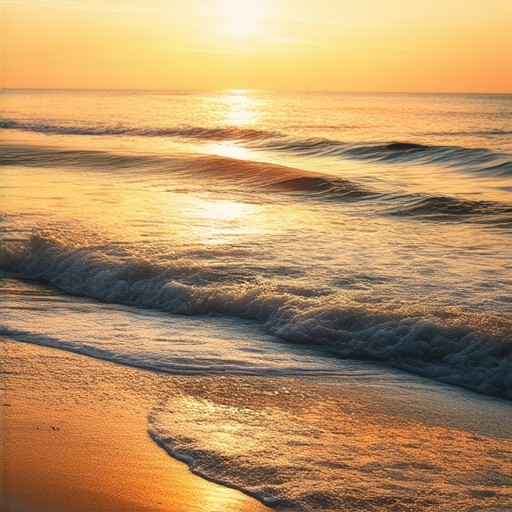
Best Places for Scenic Ocean Photography
The world is full of stunning locations perfect for capturing breathtaking ocean scenery. Here are some of the most iconic spots:
-
Na Pali Coast, Kauai, Hawaii
This coastline is renowned for its dramatic cliffs, lush greenery, and crystal-clear waters. The iconic Kalalau Beach and Waimea Canyon offer unforgettable ocean vistas.
-
Big Sur, California
With its rugged cliffs and wild oceanfront, Big Sur provides endless opportunities for dramatic ocean photography, especially during sunset and sunrise.
-
Isle of Skye, Scotland
Known for its fairy pools and cascading waterfalls, Skye’s ocean views are enhanced by the reflection of the islands in the water, particularly during golden hour.
-
Amalfi Coast, Italy
Featuring dramatic cliffs and colorful villages, the Amalfi Coast offers vibrant ocean photography opportunities, especially around Positano and Amalfi.
-
Twelve Apostles, Australia
These unique rock formations and powerful waves near Sydney provide a striking backdrop for ocean photography.
-
Norwegian Fjords
The deep blue waters of the Norwegian Fjords, surrounded by towering mountains, create a serene yet majestic setting for ocean photography.
-
Ireland’s Coast
Ireland’s dramatic cliffs and wild Atlantic Ocean provide a challenging yet rewarding environment for capturing dynamic ocean scenes.
For more tips and resources on ocean photography, visit our Sailing Photo Awards website. Explore galleries, learn from professional photographers, and discover the best techniques to enhance your ocean photography.
Best Places for Scenic Ocean Photography
The world is full of stunning locations perfect for capturing breathtaking ocean scenery. Here are some of the most iconic spots:
-
Na Pali Coast, Kauai, Hawaii
This coastline is renowned for its dramatic cliffs, lush greenery, and crystal-clear waters. The iconic Kalalau Beach and Waimea Canyon offer unforgettable ocean vistas.
-
Big Sur, California
With its rugged cliffs and wild oceanfront, Big Sur provides endless opportunities for dramatic ocean photography, especially during sunset and sunrise.
-
Isle of Skye, Scotland
Known for its fairy pools and cascading waterfalls, Skye’s ocean views are enhanced by the reflection of the islands in the water, particularly during golden hour.
-
Amalfi Coast, Italy
Featuring dramatic cliffs and colorful villages, the Amalfi Coast offers vibrant ocean photography opportunities, especially around Positano and Amalfi.
-
Twelve Apostles, Australia
These unique rock formations and powerful waves near Sydney provide a striking backdrop for ocean photography.
-
Norwegian Fjords
The deep blue waters of the Norwegian Fjords, surrounded by towering mountains, create a serene yet majestic setting for ocean photography.
-
Ireland’s Coast
Ireland’s dramatic cliffs and wild Atlantic Ocean provide a challenging yet rewarding environment for capturing dynamic ocean scenes.
For more tips and resources on ocean photography, visit our Sailing Photo Awards website. Explore galleries, learn from professional photographers, and discover the best techniques to enhance your ocean photography.
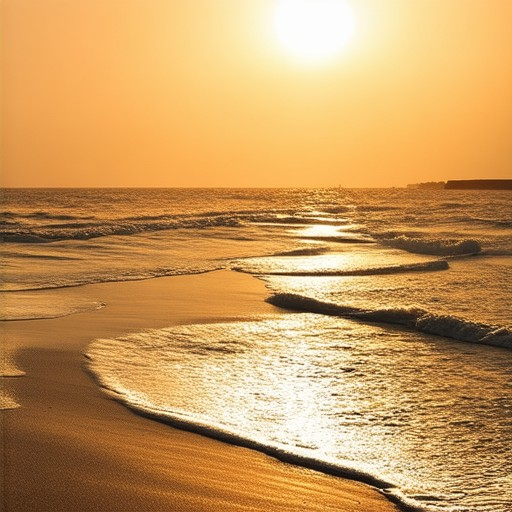
Top Locations for Scenic Ocean Photography
-
Coastal Towns of Ireland
Ireland’s coastline offers breathtaking landscapes perfect for ocean photography. The cliffs of County Cork and the beaches of County Mayo are among the most stunning spots.
-
Big Sur, California
With its dramatic cliffs and vibrant sunsets, Big Sur is a favorite among photographers. Points like Bixby Creek Bridge and Pfeiffer Beach are must-visits.
-
Island of Santorini, Greece
Santorini’s unique architecture and crystal-clear waters make it a dream location for ocean photography. The village of Oia is particularly picturesque.
-
North Shore, Oahu, Hawaii
The North Shore is famous for its powerful waves and beautiful beaches. Locations like Waimea Bay and Sunset Beach provide incredible opportunities for capturing ocean scenes.
-
Costa Rica’s Pacific Coast
Costa Rica’s diverse landscape includes lush rainforests meeting the ocean. The islands of Manuel Antonio and Santa Teresa offer pristine beaches and exotic wildlife.
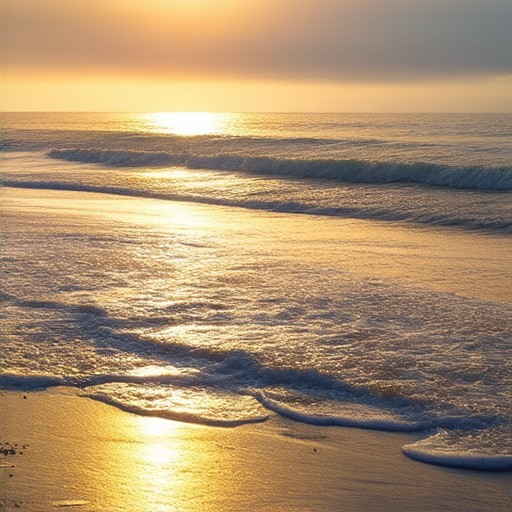
What Are the Top Tips for Capturing Stunning Scenic Ocean Photography?
- Golden Hour Magic: Capture vibrant hues during sunrise or sunset for dramatic lighting effects. The soft golden light enhances ocean colors and textures.
- Leading Lines: Utilize the rule of thirds and leading lines to frame your shots, creating a balanced and visually appealing composition.
- Polarizing Filters: Experiment with polarizing filters to reduce glare and deepen the blues in the ocean, adding intensity to your scenes.
- Low-Tide Treasures: Explore the beach at low tide to reveal hidden patterns and tidal pools, offering unique perspectives and subjects.
- Stay Sharp: Use a tripod to keep your camera steady, especially in rough conditions, ensuring sharpness in every shot.
- Focus on Depth: Play with depth by focusing on objects in the foreground while allowing the ocean to fade softly into the background.
- Scenic Safaris: Take your time to scout locations and observe the environment, finding secluded spots with unique features like rock formations or shipwrecks.
- Edit with Care: Post-process your photos to enhance colors, adjust exposure, and remove unwanted elements to bring out the scene’s true potential.
Top Tips for Capturing Stunning Scenic Ocean Photography
Capturing breathtaking ocean views requires a combination of patience, technical skill, and a keen eye for composition. Here are some expert tips to help you get the most out of your ocean photography:
1. Utilize Natural Light
The golden hour, typically one hour after sunrise or one hour before sunset, offers soft, diffused light that enhances textures and creates dramatic silhouettes. This is often the best time to capture stunning ocean scenes with vibrant colors and long shadows.
2. Focus on Composition
A well-composed shot balances elements like rocks, waves, and the horizon. Experiment with different angles and perspectives to find unique framing options. Consider including foreground elements like seashells or driftwood to add depth to your photos.
3. Capture the Movement of Waves
Waves can be dynamic and unpredictable, so try to freeze their motion by using a fast shutter speed. Look for patterns in the waves, such as peaks, troughs, or smooth stretches, to create visually interesting compositions.
4. Explore Different Angles
Don’t stick to shooting straight ahead. Get low to the ground for dramatic perspectives, or shoot upward to emphasize the vastness of the ocean. Experiment with wide-angle shots to capture the expanse of the sea and sky.
5. Pay Attention to Weather Conditions
Weather plays a significant role in ocean photography. Stormy skies can add drama, while calm conditions may offer serene settings. Be prepared for quick changes in weather, as they can drastically alter the mood of your shots.
6. Edit Your Photos Thoughtfully
Post-processing can enhance your photos, but it’s essential to maintain authenticity. Adjust exposure, contrast, and color selectively to bring out details without overprocessing. Use editing software to fine-tune your vision and ensure your photos reflect the true beauty of the scene.
7. Stay Patient and Observant
Ocean photography can be challenging due to its constantly changing nature. Stay patient and observant, waiting for the perfect moment to press the shutter. Sometimes, the most stunning views occur during moments of calm after a storm or just after low tide.
By incorporating these tips into your workflow, you can capture stunning scenic ocean photography that truly captures the essence of the open sea. Remember to explore different locations and experiment with techniques to continually improve your craft.
Explore more photography tips and inspiration on the Sailing Photo Awards platform! 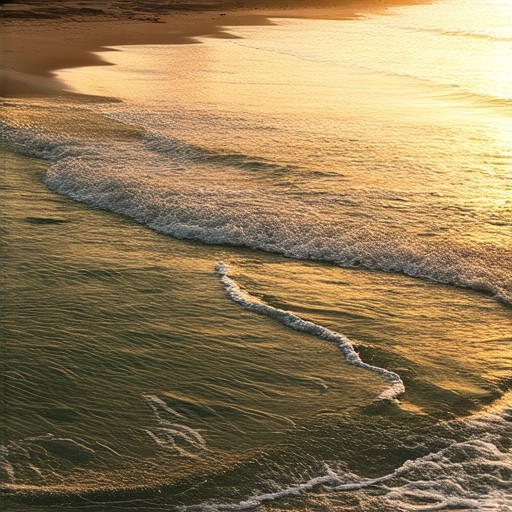
Best Practices for Scenic Ocean Photography
Capturing stunning ocean scenery requires a combination of technical skills, creativity, and attention to detail. Here are some expert tips to help you get the most out of your ocean photography:
1. Choose the Right Time of Day
The golden hour, typically 30 minutes before sunrise or sunset, often provides the best lighting conditions for ocean photography. Soft, diffused light during these times enhances textures and creates dramatic silhouettes.
2. Frame the Horizon
To maximize the impact of your ocean scenes, always include the horizon in your compositions. The horizon acts as a powerful element that draws the eye outward, emphasizing the vastness of the scene.
3. Utilize Lighting Effectively
Pay attention to the direction and quality of light. Backlighting can create dramatic effects, while frontlighting helps reveal details in the foreground. Look for opportunities to use light reflections off the water surface for added depth.
4. Experiment with Composition
Composition is key to making your ocean photos stand out. Try using leading lines, such as waves or the horizon, to guide the viewer’s eye through the frame. Consider incorporating diagonals or curves to add movement and interest to your shots.
5. Capture the Mood of the Ocean
Think about the mood you want to convey. Calm, serene scenes with gentle waves and soft light are ideal for peaceful vibes, while stormy conditions with rough waves and dramatic skies can evoke a sense of power and intensity.
6. Use a Tripod for Stability
A tripod ensures stability, especially in windy conditions, allowing you to focus on composing your shot without worrying about camera movement. This is particularly important when using slower shutter speeds or capturing long exposures.
7. Explore Different Angles
Don’t stick to shooting from ground level. Try shooting from higher vantage points or angles to get unique perspectives. Climbing rocks, standing on jetties, or shooting from a boat can all offer fresh viewpoints.
8. Pay Attention to Weather Conditions
Weather plays a crucial role in ocean photography. Storms, rainbows, monsoons, and calm waters can all create unique and memorable scenes. Be prepared to adapt your strategy based on the current conditions.
9. Edit Your Photos Thoughtfully
Post-processing can enhance your photos, but it’s important to maintain authenticity. Adjust colors subtly to match the mood of the scene, and use filters cautiously to preserve the natural beauty of the ocean.
10. Document the Experience
Sometimes, the journey itself can be as rewarding as the final image. Take the time to document your surroundings, especially details like wave patterns, cloud formations, and the interplay of light and shadow on the water.
By following these tips, you can capture ocean scenes that are not only visually striking but also meaningful and memorable. Whether you’re a seasoned photographer or just beginning, practice and patience will help you develop your own signature style in scenic ocean photography.
Explore more inspiring ocean photography tips and galleries on [Sailing Photo Awards](https://www.sailingphotoawards.com/), where artists share their passion for the beauty of the sea and its surrounding landscapes.

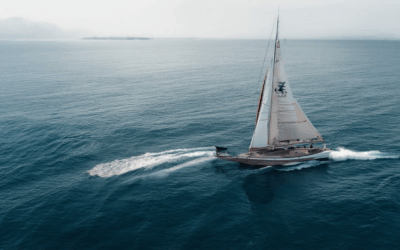
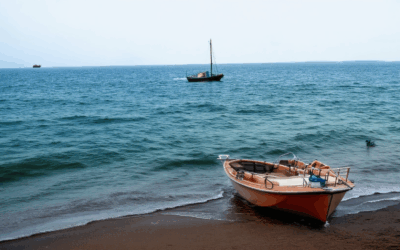
0 Comments